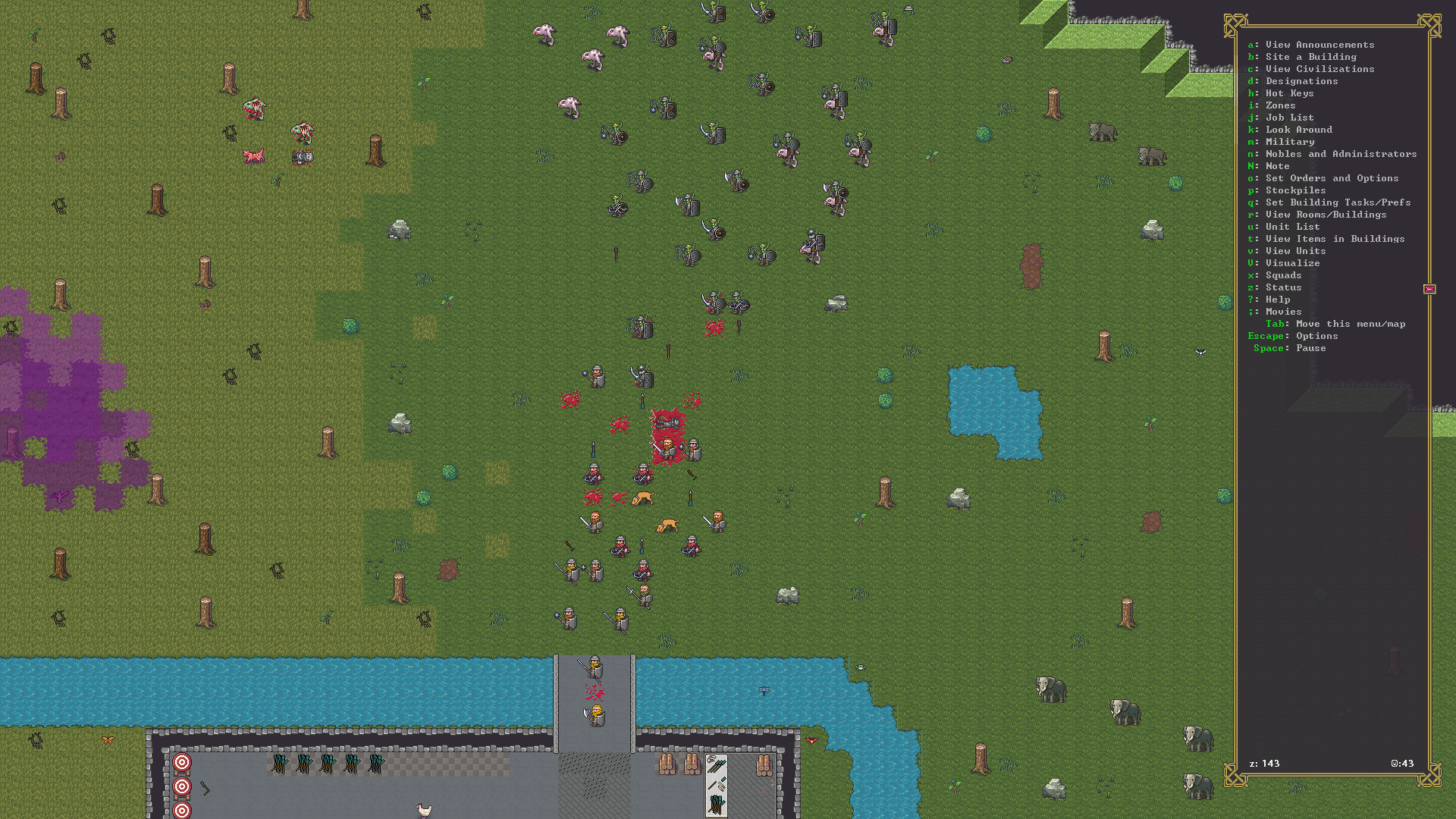

The Fortress contained an alien zoo, a giant steel diary in which Superman wrote his memoirs (using either his invulnerable finger, twin hand touch pads that record thoughts instantly, or heat vision to engrave entries into its pages), a chess-playing robot, specialized exercise equipment, a laboratory where Superman worked on various projects such as developing defenses to kryptonite, a (room-sized) computer, communications equipment, and rooms dedicated to all of his friends, including one for Clark Kent to fool visitors.

This was until a helicopter pilot followed the direction of the arrow straight to the entrance of the Fortress, forcing Superman to develop a cloak to camouflage the entrance and key (which now hung on brackets on its side beside the door) and to ensure the Fortress's secrecy. The arrow-shaped key was so large that only Superman (or another Kryptonian such as Supergirl) could lift it when not in use, the key sat on a perch outside of the Fortress, where it appeared to be an aircraft path marker. Built into the side of a steep cliff, the Fortress was accessible through a large gold-colored door with a giant keyhole, which required an enormous key to open it. Superman's Silver Age Fortress, which debuted in 1958, was also located in the Arctic and served similar purposes. Here, Superman kept a diary, oversized tools for various projects, and other equipment and trophies. The Golden Age Superman did not have an arctic fortress, but instead a "mountain sanctuary" which was located in a mountain range on the outskirts of Metropolis. Doc Savage built his Fortress of Solitude in the Arctic and retreated to it alone to make new scientific or medical breakthroughs, and to store dangerous technology and other secrets. The concept and name "Fortress of Solitude" first appeared in the Doc Savage pulps in the 1930s and 1940s. The Silver Age Fortress of Solitude, from Superman #187 (June 1966) art by Curt Swan and George Klein. The arctic Fortress of Solitude concept was first created for pulp hero Doc Savage during the 1930s. Although Superman has living quarters at the Fortress, his main residence is still Clark Kent's apartment in Metropolis. A trademark of the Fortress is that it contains a memorial statue of Jor-El and Lara, Superman's Kryptonian parents, holding a large globe of Krypton. The general public in Superman's world is either unaware or at best only vaguely aware of the existence of the Fortress, and its location is kept secret from all but Superman's closest friends and allies (such as Lois Lane and Batman). Traditionally, the Fortress of Solitude is located in the Arctic, though more recent versions of the Superman comics have placed the Fortress in other locations, including the Antarctic, the Andes, and the Amazon rainforest. When the Fortress reappears in 1958 and for the first time takes center stage in a story ("The Super-Key to Fort Superman", Action Comics #241), it is again an underground complex in a mountainous cliffside. By issue #58 (May–June 1949) it is referred to as the Fortress of Solitude, seems at a glance to be a freestanding castle, and is said to be located in a "polar waste". Its predecessor, Superman's "Secret Citadel", first appeared in Superman #17, where it was said to be built into a mountain on the outskirts of Metropolis. The fortress functions as a place of solace/occasional headquarters for Superman and is typically depicted as being in frozen tundra, away from civilization. It is the place where Superman first learned about his true identity, heritage, and purpose on Earth. The Fortress of Solitude is a fictional fortress appearing in American comic books published by DC Comics, commonly in association with Superman.


 0 kommentar(er)
0 kommentar(er)
